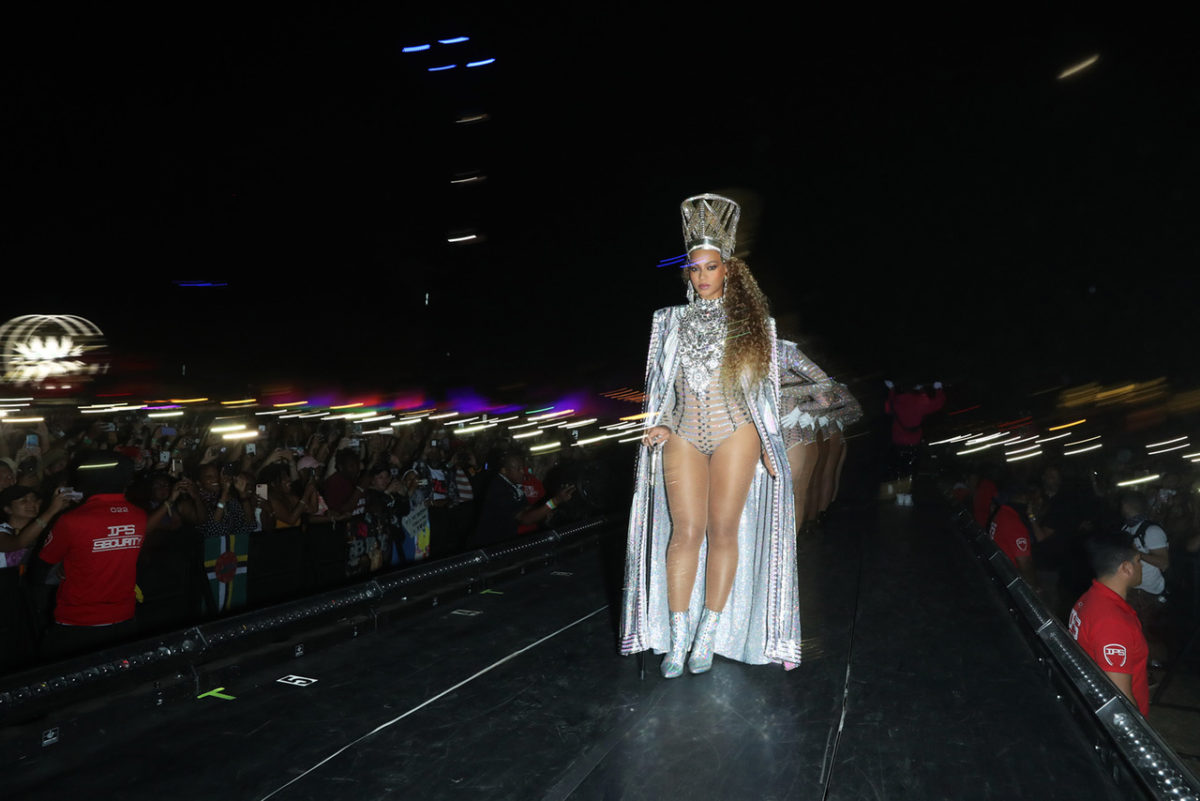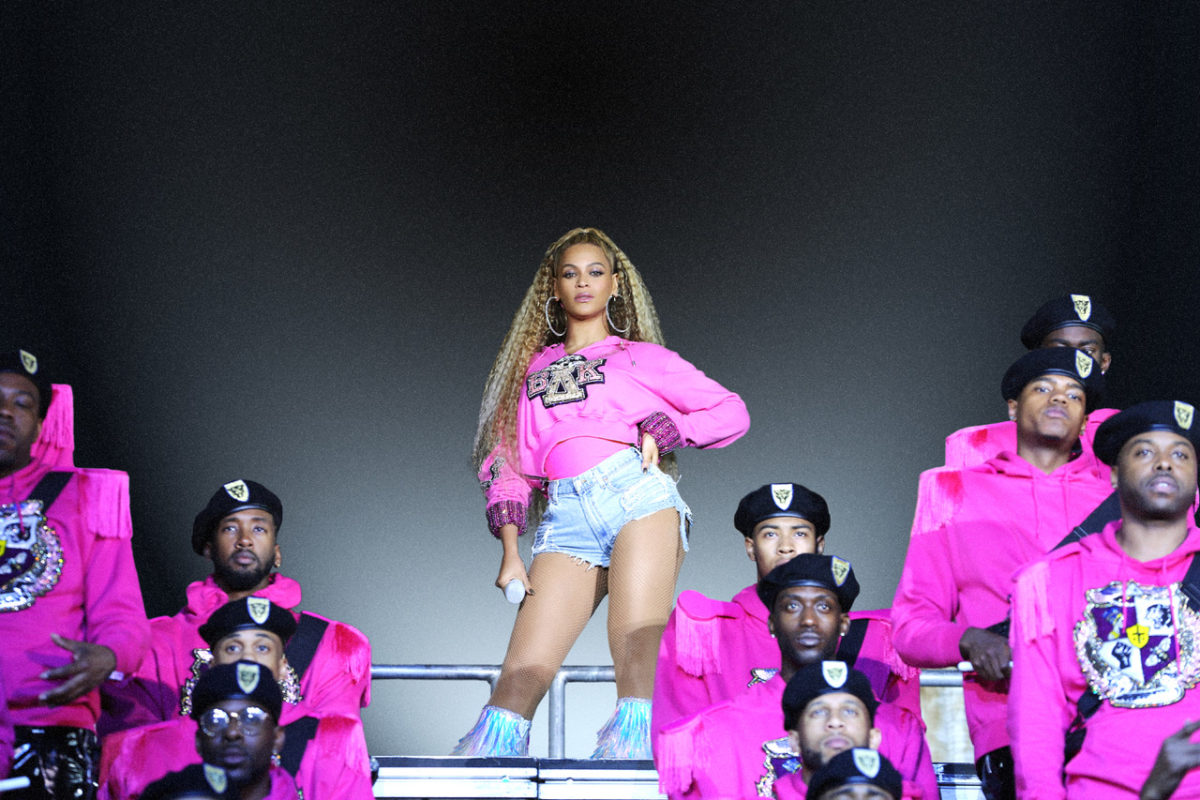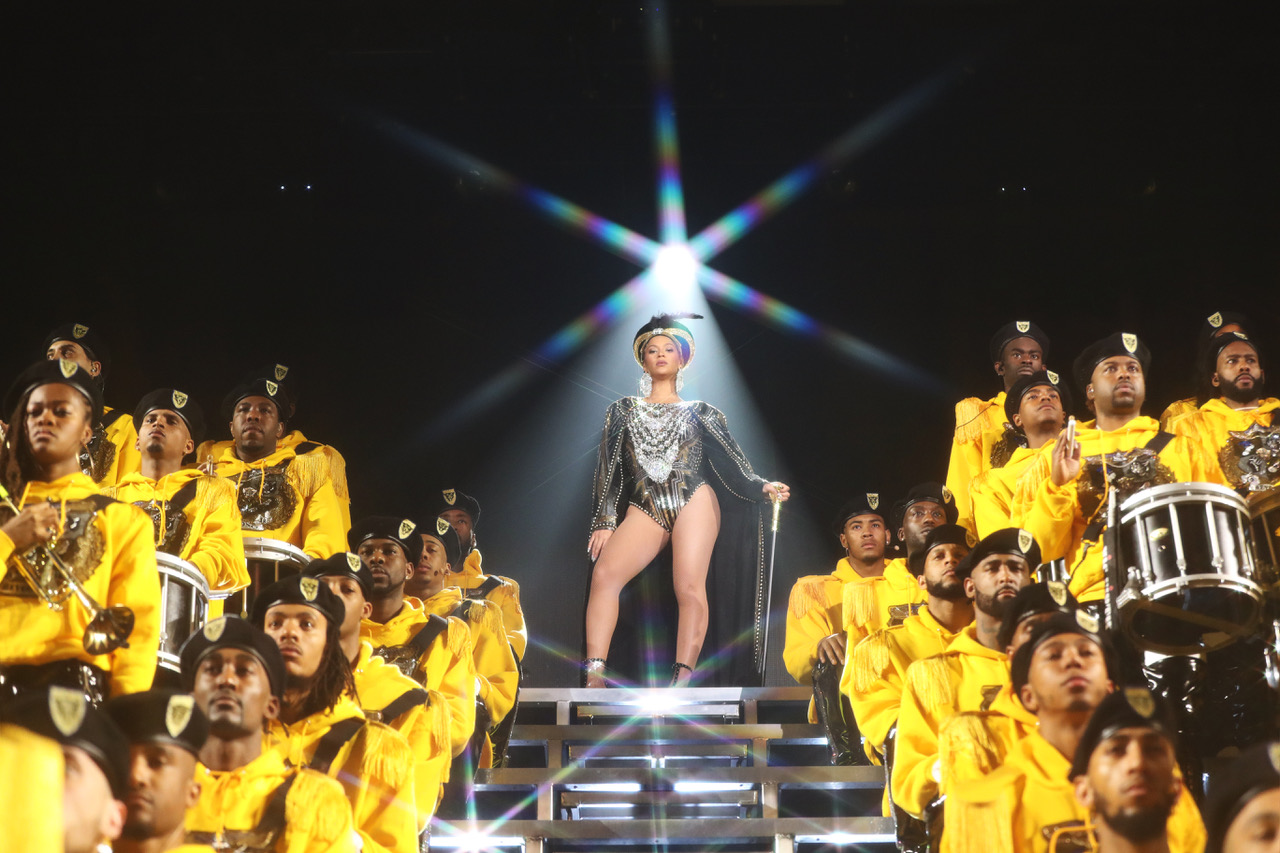
To wax lyrical about the creative excellence of Beyoncé’s Homecoming, a Netflix film documenting the singer’s two performances at Coachella in 2018, overlaid with peeks into her personal life, is to follow in the footsteps of just about every publication on the internet. Pitchfork called it a “defiant celebration of complex, diasporic blackness”, showcasing Beyoncé at her peak. The Oprah Magazine delved into the symbolism of the performer’s stage costumes which included “nods to Black Greek organisations and the Egyptian queen Nefertiti” designed by Olivier Rousteing, the creative director of Balmain. The New Yorker described Beyoncé as a canny director who “knows to exalt her heroic attitudes of arena-rock posturing, hip-hop swagger, and total-diva sweep.”
From an artistic point of view, Beyoncé knows how to amplify contrast to the best of her ability. The Atlantic describes her vaulting between the “macro, micro, personal, political”. Like some kind of spiritual guide, she leads the audience on a visual journey sculpted to reveal as much persona as she’s comfortable with. There are staggeringly vast crowd shots, showcasing the length and breadth of her empire, juxtaposed with a laser-like focus on details. The dancers’ faces as they launch into complex sequences of movement divulge just how emotionally invested each and every one of them is in bringing this show to fruition. Taken together, it is a shrine to the beauty of collectivity.
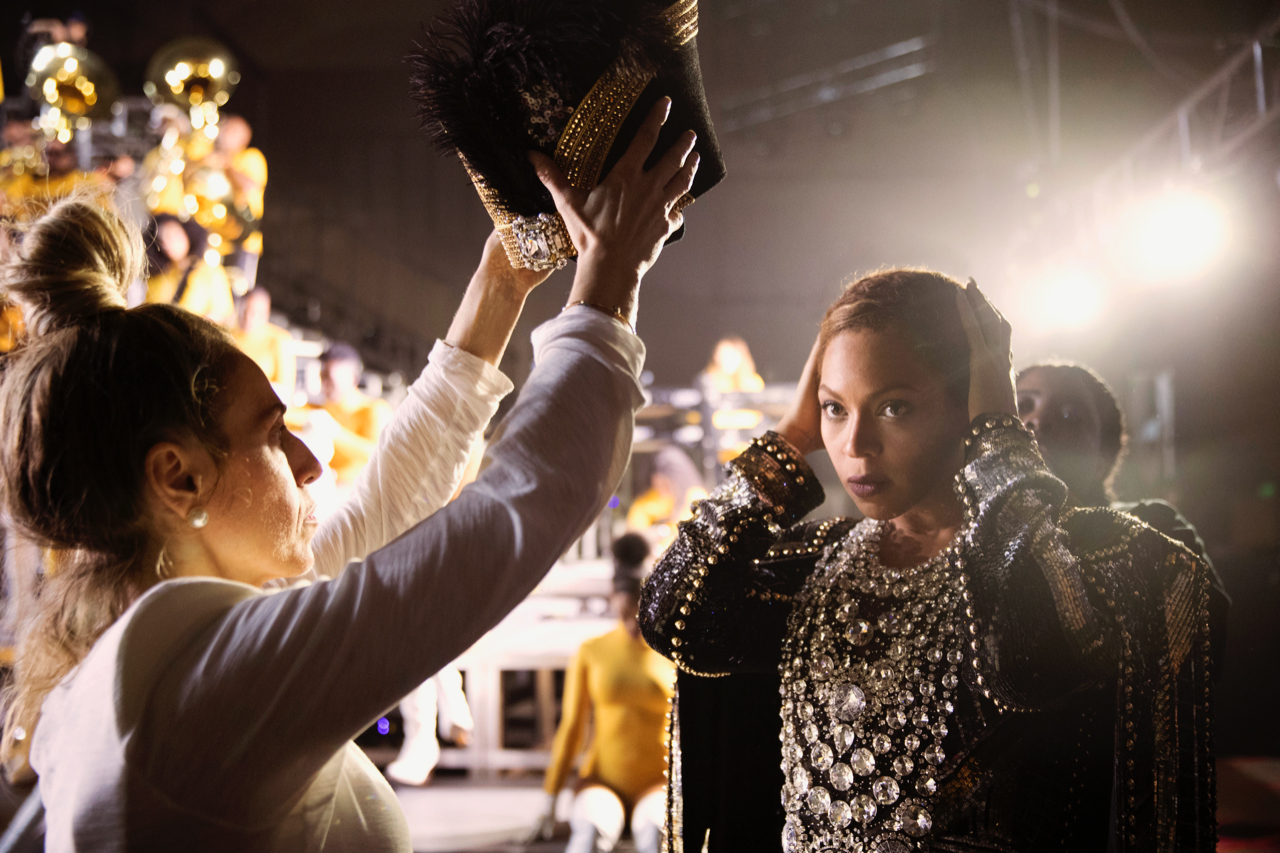
“In opening up the lens into Beyoncé’s personal life, Homecoming creates the kind of intimacy that can’t be incited at a live show”
There is a dexterity to the direction of the film that weaves personal rehearsal footage in with political declarations from great Black thinkers such as Maya Angelou and WEB Dubois. In opening up the lens into Beyoncé’s personal life, as she details the difficulties of the pregnancy that preceded Coachella, and the gruelling journey to return to her physical peak, Homecoming creates the kind of intimacy that can’t be incited at a live show.
To witness both the graft-heavy rehearsals and the jewel-like polish of the final performance (even the medley of grainy phone footage and high-resolution shots evokes the contrast of the personal and public), is to deep dive into the utopia of Beyoncé’s dreams. Ensconced in the womb-like rehearsal space, it is easy to be humbled by her prayers and take comfort in her honeyed tones; it feels like being plunged into the nape of your mother’s neck. Alongside concert footage that is almost bombastic in its magnificence, the contrast of the intimate and the immense makes the viewer even more grateful to have been invited into the inner circle.
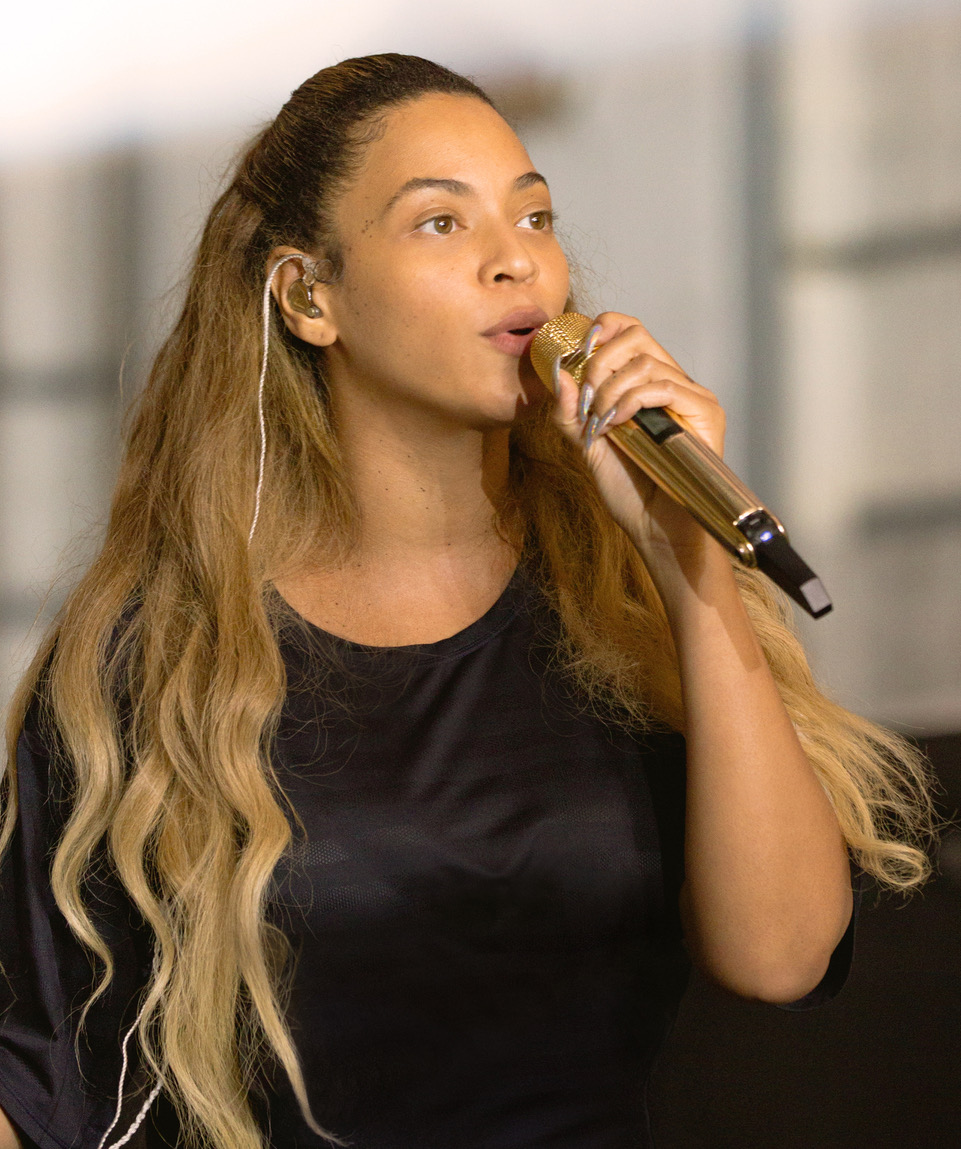
There are moments where Beyoncé speaks directly to the audience, and moments where she lifts her chin and stares defiantly into the camera. They rarely happen at the same time. There’s an intense level of control over what the star chooses to disclose and how much of herself she’s willing to give away. The conscious directorial choice to avoid scenes of Beyoncé talking to the camera heightens the effect of a form of omniscience; that she is an otherworldly figure whom viewers can visit for a short while.
“How can we bottle ‘IRL art’ such as concerts, theatre performances and gallery exhibitions, to enjoy it on our own terms?”
In a sumptuous synthesis of costume, choreography, lyrical prowess and of course, an unrivalled voice, Homecoming ushers in a new era of “high art”. As millions around the world wake from pandemic-induced slumbers, there’s a new focus on accessible, consumable art: television, film, books and podcasts. This begs the question: how can we bottle “IRL art” such as concerts, theatre performances and gallery exhibitions, to enjoy it on our own terms? Documentation, as Beyoncé has proven, is of greater importance now than ever before. It’s vital not just to make art accessible to all, but to record and archive Black talent as proof for future generations. It represents a lifeline for a community whose brilliance has historically been erased by a white supremacist society.
The new High Art is more democratic than the old, fusing celebrity and popular culture to create work driven by audience demand. It doesn’t shy away from consumerism—Troy Patterson of The New Yorker noted that the Homecoming visuals read like a tasteful Ivy Park infomercial (Beyoncé’s sportswear brand). It reaps politics at its own behest, to provide representation which, for all its flaws, offers the audience a feeling of empowerment in exchange for a tiny pinch of hero-worship. Homecoming provides something that is often underestimated in the art world—the ability to feel good.
All images: Homecoming, Beyoncé Knowles-Carter, 2019, courtesy of Netflix
